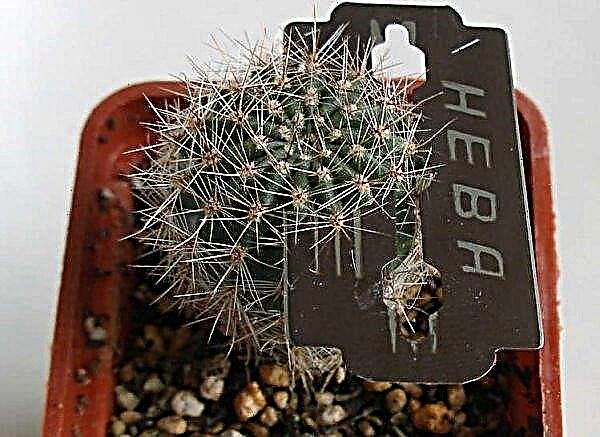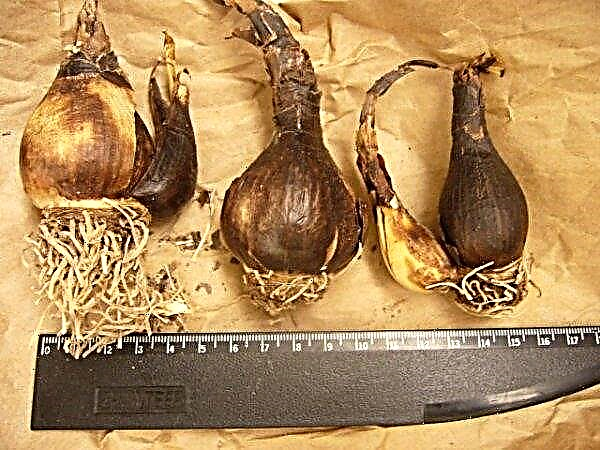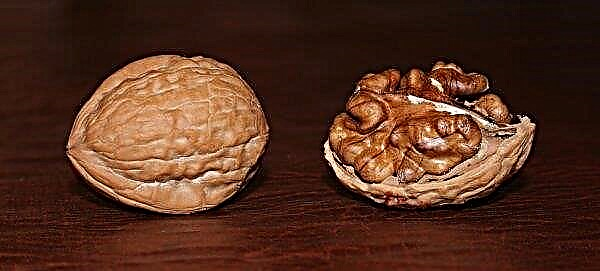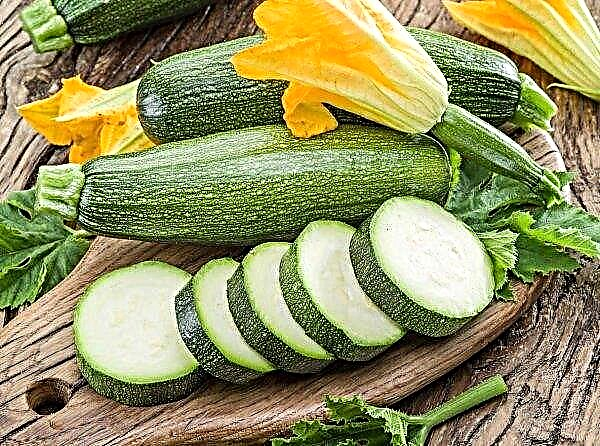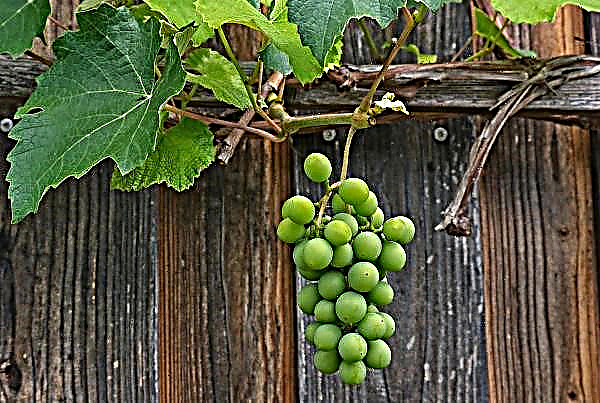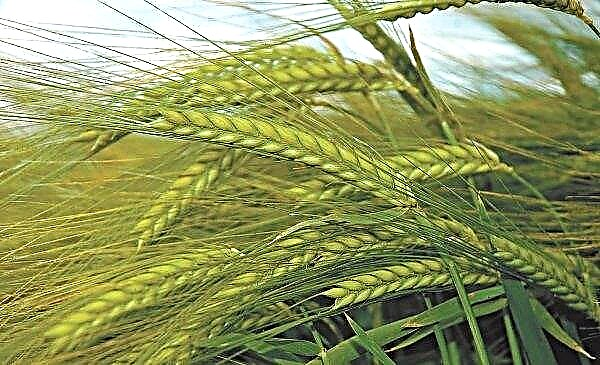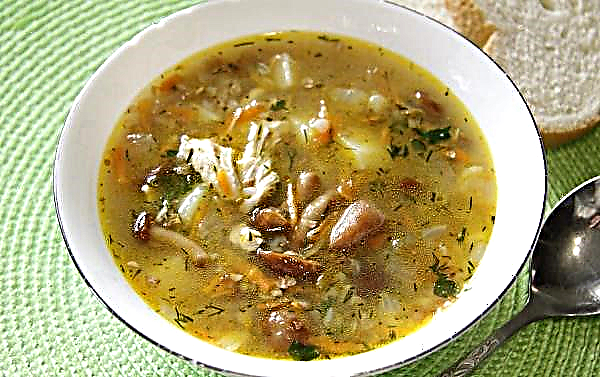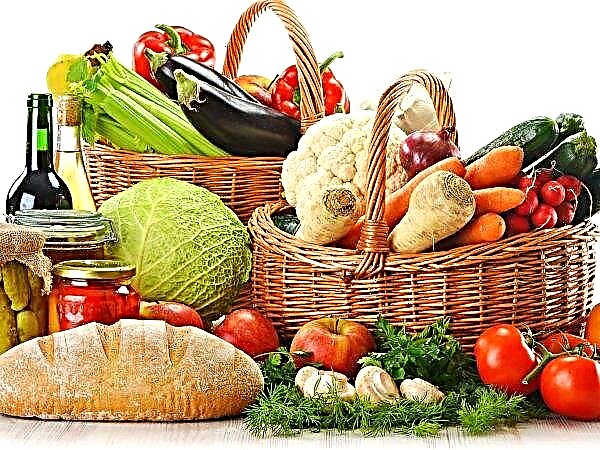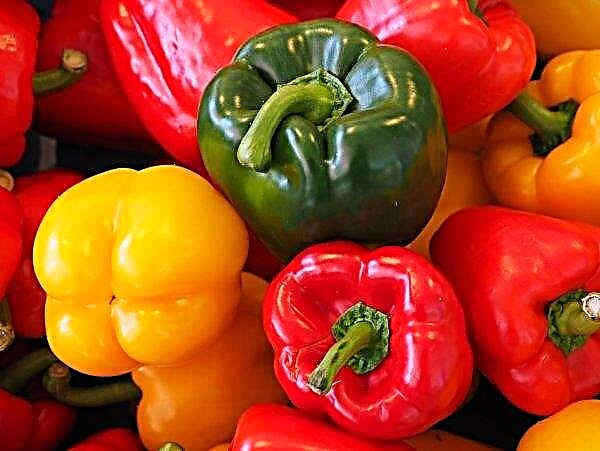Experienced gardeners, along with the cultivation of early varieties of potatoes, cultivate late-ripe varieties of this crop on their plots. Most often this is done for the purpose of sale, because it is the late varieties of potatoes that retain their good presentation and are able to be stored for a long time.
Description and characteristics of the best late-ripening varieties
Late-ripening varieties of potatoes in Russian gardens are rare. The reason is that such varieties of vegetables have a longer vegetation time. Root tubers can ripen from 95 to 140 days after germination of the initial sprouts, and in many regions of the country warm weather does not last so long.
Therefore, for cultivation of late varieties of potatoes, those territories where the summer period can begin earlier (in May) and end later (in September) - the southern regions of the country are most suitable.

- The inherent characteristics of late potatoes, the growing season of which may be medium or late:
- the ripening period of the first - from 3 to 3.5 months after the growth of the first sprouts (harvesting time is usually in September);
- the second growing season is from 3.5 to 4.5 months (the crop is harvested at the end of the first month of autumn);
- representatives of both varieties have an increased amount of beneficial elements and a mass of carbohydrates;
- the level of starch is medium (12–20%): vegetables are perfectly softened during cooking, while maintaining their integrity when added to soups, fries and other similar dishes;
- increased ability to stubbornness: root crops take care of their presentation and food-taste properties until the next summer season.
- Disadvantages:
- the last stages of vegetation of medium-late and late varieties of potato occur at the epidemic peaks of the development of all kinds of diseases (scab, late blight, others);
- Digging vegetables of these varieties is possible only during dry weather conditions, when the root contamination is minimized.
Did you know? Unlike healthy tubers, potato berries are poisonous, for intoxication it is enough to eat 1-2 pieces.
Therefore, if your main goal in growing potatoes is only a long-term storage of vegetables, be sure to choose hybrids and varieties with a high resistance to diseases. In the process of growing, also pay due attention to the importance of the systematic treatment of bushes with special tools in order to prevent plant damage.
When choosing a potato variety, carefully read the manual from the seed manufacturer on the planting dates and methods of cultivation, as well as potentially dangerous diseases for this particular variety.
Asterix
The Dutch variety Asterix is excellent for Samara, the surrounding regions and the Far Eastern territory of Russia.
| Bushes height | Up to 80 cm |
| Stalk characteristics | Weakly sprawling, directly located |
| Flower color | Ruby Lilac |
| Growing season | 110-120 days |
| External parameters of potatoes | Rounded, reddish tint |
| Taste | A great |
| Best use | French fries, chips |
| Productivity | Up to 300 kg per 1 ha, up to 2 kg per 1 bush |
| What diseases is resistant to | Scab, Fusarium, Potato cancer, Golden Nematode, late blight, viral diseases |
Zhuravinka
The medium-late Belarusian variety Zhuravinka is well established in the middle zone of the country, as it is resistant to unfavorable climatic conditions: it tolerates both a sharp drop in temperature and dry periods. However, leaves and root crops of this variety have poor immunity to late blight.

| Bushes length | Medium, up to 60 cm |
| The stalks | Upright, very spreading |
| Flower color | Red lilac |
| Growing season | 100-110 days |
| The shape and color of the skin of root crops | The shape of large fruits is oval, the color is preferably red |
| Tasting rating | High |
| Yield level | Excellent: up to 600 c from 1 ha, 16 tubers from 1 bush |
| What diseases is resistant to | Golden nematode, soft rot, cancer, scab |
Zarnitsa
Another variety of late potato that came to us from Belarus. As practice shows, Zarnitsa is very fruitful in the southern and central regions of the Russian Federation. In the middle zone, everything depends on the climate: if winters are not very cold, then cultivation is very possible.
The positive characteristics of the variety are its unpretentiousness to the soil composition, as well as to dry weather during cultivation. The disadvantage is the tendency to damage by late blight and other fungal diseases.

| Bushes height | Small, up to 60 cm |
| Characteristic | Erect, with a weak spreading |
| Flower color | Ruby purple |
| Growing season | 120-140 days |
| External parameters of root crops | Rounded, reddish tint |
| Taste | A great |
| Productivity | More than 500 kg per 1 ha, about 15 tubers per hole, the weight of the root crop is an average of 120 g |
| What diseases is resistant to | Scab, black leg, potato cancer, nematode |
Overhead
The product of Belarusian selection stands out among the rest due to the high level of starch in the composition (up to 28%), which has a significant effect on the nutritional value of root crops, as well as their nutritional properties.
 The potato culture even adapts to the increased acidity of the soil, however, in order to avoid the entry of harmful substances into root crops, the pH level of the soil must be adjusted. The best indicators are 5.2–5.7.
The potato culture even adapts to the increased acidity of the soil, however, in order to avoid the entry of harmful substances into root crops, the pH level of the soil must be adjusted. The best indicators are 5.2–5.7.
| Bushes length | Average, about 60 cm |
| The stalks | Vertically located, slightly spreading |
| Flower color | Red lilac |
| Maturation | 120-140 days |
| The shape and color of root crops | Oval elongated shape, ruby color |
| Tasting qualities | Good ones |
| Best use | Mashed potatoes, casseroles |
| Productivity | Up to 320 centners per 1 ha, 15 potatoes from a bush, a rather large mass of root crops - about 100–120 g |
| What diseases is resistant to | Scab, potato cancer, partially late blight |
Lorch
Lorch is an old late-ripening large-potato cultivar of the Russian selection, which adapts well to conditions in the southern parts, as well as in the central zone of Russia. The level of starch is about 20%.
A distinctive feature of the varietal variety is its good preservation: root crops can be kept until the next season without an obvious loss of taste and nutritional qualities.

- The disadvantages of Lorch are:
- lack of protection against scab and potato cancer;
- intolerance to drought and sultry weather;
- moodiness in providing adequate watering and soil care.
| Bushes height | About 80 cm |
| Stalk characteristics | Almost non-spreading, upright |
| Flower color | Whitish |
| Growing season | 120-140 days |
| External parameters of root crops | Rounded, light beige |
| Taste qualities | High |
| Yield level | Up to 350 kg per 1 ha, about 15 tubers from the bush, large root crops with an average weight of 120 g |
| What diseases is resistant to | Bacteriosis, late blight, viral lesions |
Saturn
This medium-late variety of potatoes is used preferably for processing in industrial production - to obtain products from tubers (alcohol, starch). The advantages of potatoes are shelf life and excellent transportability, which is why Saturn is most often grown for sale.

| Bushes length | Up to 80 cm |
| The stalks | Upright, spreading weakly expressed |
| Flower color | White |
| Vegetative framework | 110-120 days |
| The shape and color of root crops | Round-elongated shape, yellowish, rough peel |
| Taste properties | Normal |
| Productivity | Up to 280 kg per 1 ha, tuber weight - up to 100 g |
| What diseases is resistant to | Bacterial and viral lesions, cancer of potato, scab, late blight |
Did you know? Catherine II in 1765 helped the starving Finnish peasants by feeding them with earth apples. So in those days Medical College of the All-Russian Empire called potatoes.
Gull
The late ripening potato variety also belongs to domestic breeding products. The best regions for growing are the north-west and the Volga-Vyatka region of the Russian Federation. The starch content is quite low - 15%.
 Before planting the variety Seagull into the soil of the tubers, it is recommended to germinate.
Before planting the variety Seagull into the soil of the tubers, it is recommended to germinate.
- The advantages of the variety "Seagull" are:
- excellent preservation without loss of presentation until the next season;
- good transportability.
| Bushes height | Up to 80 cm |
| Stalk characteristics | Erect, slightly spreading |
| Flower color | White |
| Ripening period | 120 days maximum |
| Shaped and color parameters of fruits | Rounded, straw |
| Taste | A great |
| Best use | A universal variety used in almost all dishes |
| Productivity | Up to 400 kg per 1 ha, 11 tubers from 1 bush, the size of the root crop is average - 75–120 g |
| What diseases is resistant to | Potato cancer - excellent resistance, late blight of leaves and root crops - moderate immunity, scab - damage in some seasons is possible |
Atlant
The representative of the Belarusian selection is grown in almost all regions of the country. The harvested root crop, the formation of which is practically independent of weather conditions, ideally contains a high level of starch - up to 21%.

| Bushes length | Up to 80 cm |
| The stalks | Vertically located, spreading weakly expressed |
| Flower color | White |
| Growing season | 100-120 days |
| The shape and color of root crops | Round-oval shape, yellowish color, thick peel |
| Tasting rating | Very high |
| Best use | Preparation of any dishes, as well as processing on chips |
| Productivity | Up to 650 kg per 1 ha, average root crop sizes - 90–120 g |
| What diseases is resistant to | Late blight, nematode |
Agrotechnics growing and care for late varieties
The planting algorithm for the late cultivars, which is preferably performed in May-June, consists of the following actions:
- Dig the soil of the territory where the plant will be planted, reaching a depth of about 30 cm.
- In choosing soil for planting potatoes, it is imperative to choose fertile soil (with a loose structure in combination with sand or compost) with a calculation of 4.5–5 kg per 1 m².
- Potatoes should be whole, healthy and not small, with appearing eyes and elongated sprouts.
- In furrow-like dimples 10 cm deep at a distance of 25-30 cm between the bushes, as well as at a distance of 60 cm between the rows, several potatoes must be carefully laid out, while smelling mineral and organic fertilizers.
- Cover the pits with earth and water.

In the process of care it is necessary to ensure that there are no weeds around the bushes, the soil is sufficient, but not excessively moistened. In addition, a significant moment is the preventive treatment of plants with antifungal and antiviral drugs.
Important! Clay-grown tubers are small and lose their true taste.
Harvesting and storage
Harvesting late-ripening potato varieties can begin at the end of September - in October (depending on the growing season of a particular variety). You can store root vegetables in boxes in cellars or cellars, while avoiding dampness.
It must be said that with the right choice of planting material and observing all the rules for planting, growing and caring, any kind of potato, even late ripe, will give a wonderful harvest.

